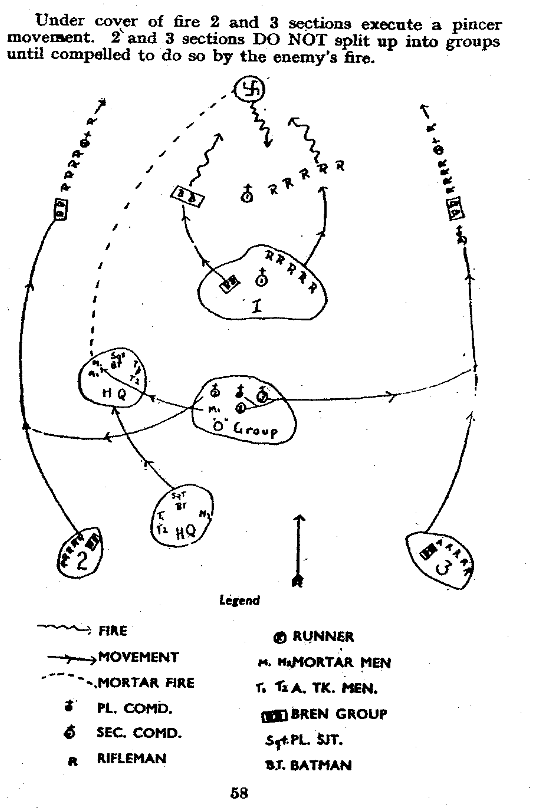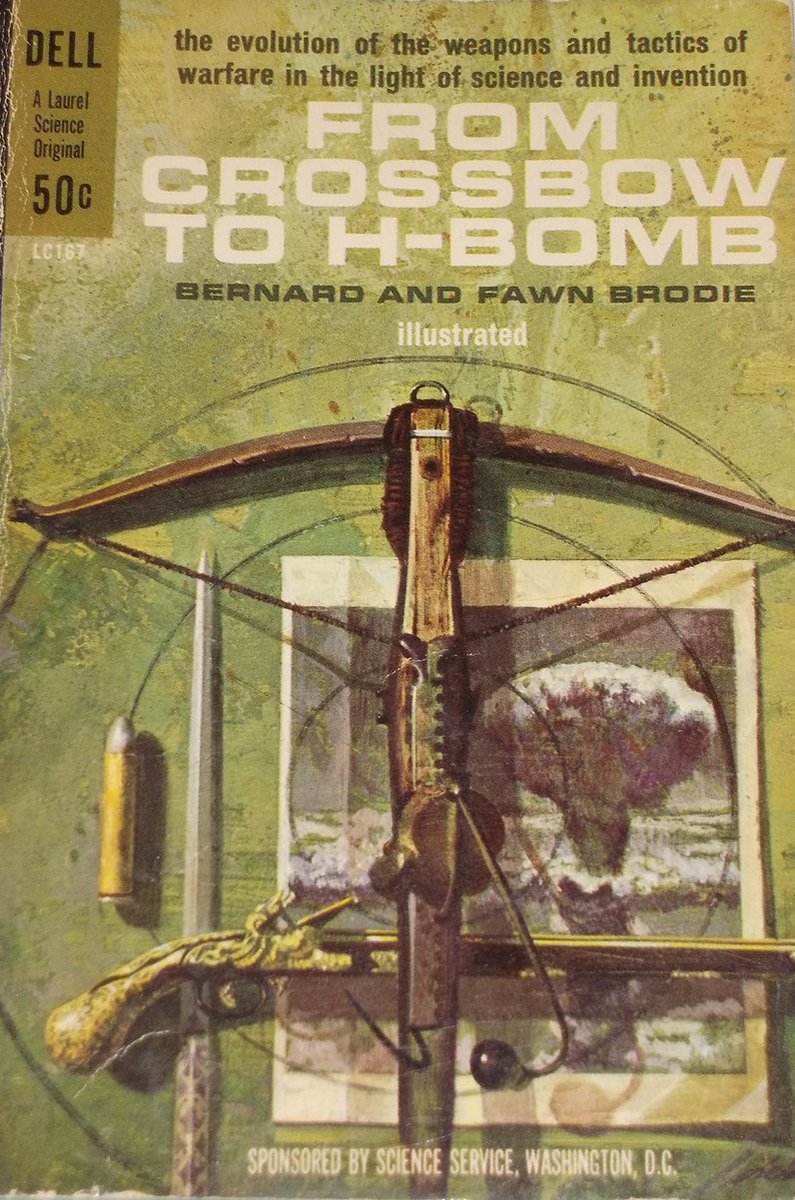Alex1Powell Authors Dr Matthew Ford
7 days
30 days
All time
Recent
Popular
A thread outlining my thoughts on Second World War tactics.
For me tactics only makes sense when looked at as a socio-technical system. This thread reflects that way of thinking.
Again I'll be using British examples but there are some US crossovers later on.
1/

My starting place is Lionel Wigram and the Battle School Movement.
The principle objectives were concerned with training a mass of newly conscripted infantry in how to fight. There were precedents from the FWW. This movement though was set up by a Territorial Army officer.
2/

I referenced Tim Harrison-Place's excellent book in an earlier thread on SWW small arms.
There's also this excellent article on Wigram and the Infantry
Wigram sought to inoculate new soldiers from the chaos of battle while training them in the basics of what might simplistically be called fire and movement.
4/

As I said in this earlier thread, there was a tension within the Army between those were part of the institution's professional ethos and the new conscripts that made up the mass of the
For me tactics only makes sense when looked at as a socio-technical system. This thread reflects that way of thinking.
Again I'll be using British examples but there are some US crossovers later on.
1/

My starting place is Lionel Wigram and the Battle School Movement.
The principle objectives were concerned with training a mass of newly conscripted infantry in how to fight. There were precedents from the FWW. This movement though was set up by a Territorial Army officer.
2/

I referenced Tim Harrison-Place's excellent book in an earlier thread on SWW small arms.
There's also this excellent article on Wigram and the Infantry
Wigram sought to inoculate new soldiers from the chaos of battle while training them in the basics of what might simplistically be called fire and movement.
4/

As I said in this earlier thread, there was a tension within the Army between those were part of the institution's professional ethos and the new conscripts that made up the mass of the
The ethos of the professional Army valued marksmanship as an indication of their professionalism.
— Dr Matthew Ford (@warmatters) December 23, 2020
More than this, I'd contend they did not entirely trust a conscript army to do what was necessary.
12/
So here's my second thread of the week, this time on what I call the origins of the Mad Minute.
This is going to draw together the technology, the user & the engineer & reveal the politics behind the
If you wanted mince pie reviews then you've come to the wrong place. I do those here:
I have Aldi and Asda to review before Chrimbo. I can't even try to fit in Sainsburys...
The focus over the next few days will be on guns, but as I said in my LEME thread I want to break out from guns & think about innovation in the context of the 4th industrial revolution.
So expect more threads on guns, engineers, lethality, and innovation more broadly.
4/
Also I get away from the idea that the history of weapons is about optimising lethality.
Instead I want to foreground society, systems & the socio-technical aspects of innovation.
So don't expect a whiggish interpretation but something that shows how tech is contested.
5/

So to the iconic Short Magazine Lee-Enfield.
This weapon is shorter than a long Lee-Enfield used by the infantry in the 1890s but longer than a Carbine, a weapon typically used by the cavalry, mounted infantry or the artillery.
wikicommons photos
6/

This is going to draw together the technology, the user & the engineer & reveal the politics behind the
If you wanted mince pie reviews then you've come to the wrong place. I do those here:
I have Aldi and Asda to review before Chrimbo. I can't even try to fit in Sainsburys...
It is October. There are now mince pies in supermarkets.
— Dr Matthew Ford (@warmatters) October 25, 2020
Is it too early to start this year\u2019s taste test?
Er... no
1/ pic.twitter.com/BQCPCIEJdM
The focus over the next few days will be on guns, but as I said in my LEME thread I want to break out from guns & think about innovation in the context of the 4th industrial revolution.
So expect more threads on guns, engineers, lethality, and innovation more broadly.
4/
Also I get away from the idea that the history of weapons is about optimising lethality.
Instead I want to foreground society, systems & the socio-technical aspects of innovation.
So don't expect a whiggish interpretation but something that shows how tech is contested.
5/

So to the iconic Short Magazine Lee-Enfield.
This weapon is shorter than a long Lee-Enfield used by the infantry in the 1890s but longer than a Carbine, a weapon typically used by the cavalry, mounted infantry or the artillery.
wikicommons photos
6/

